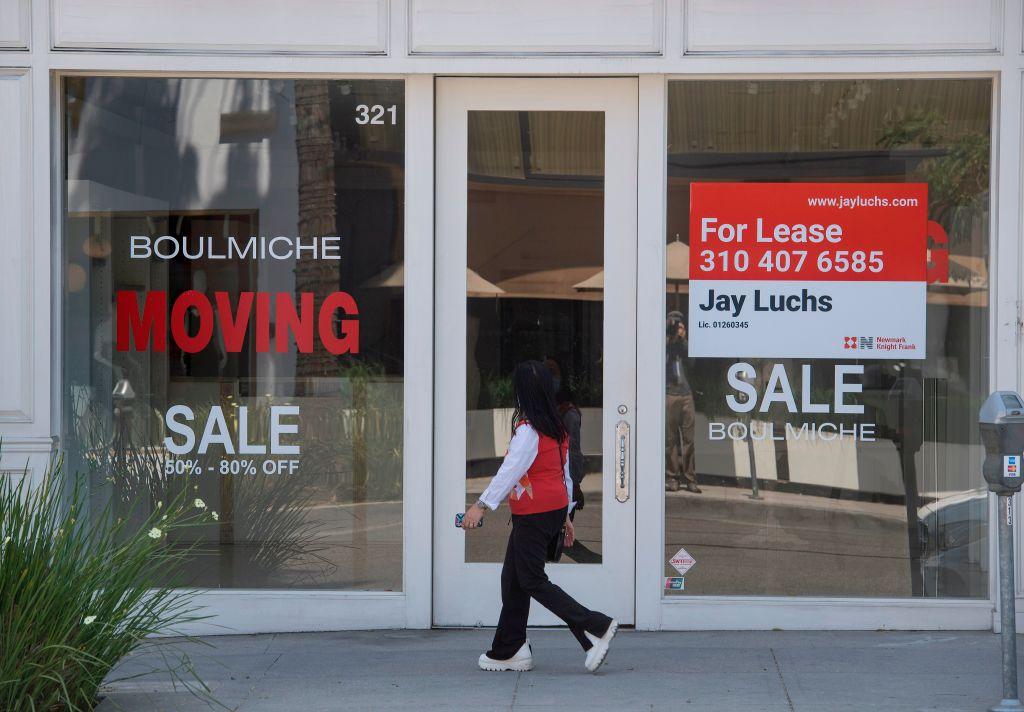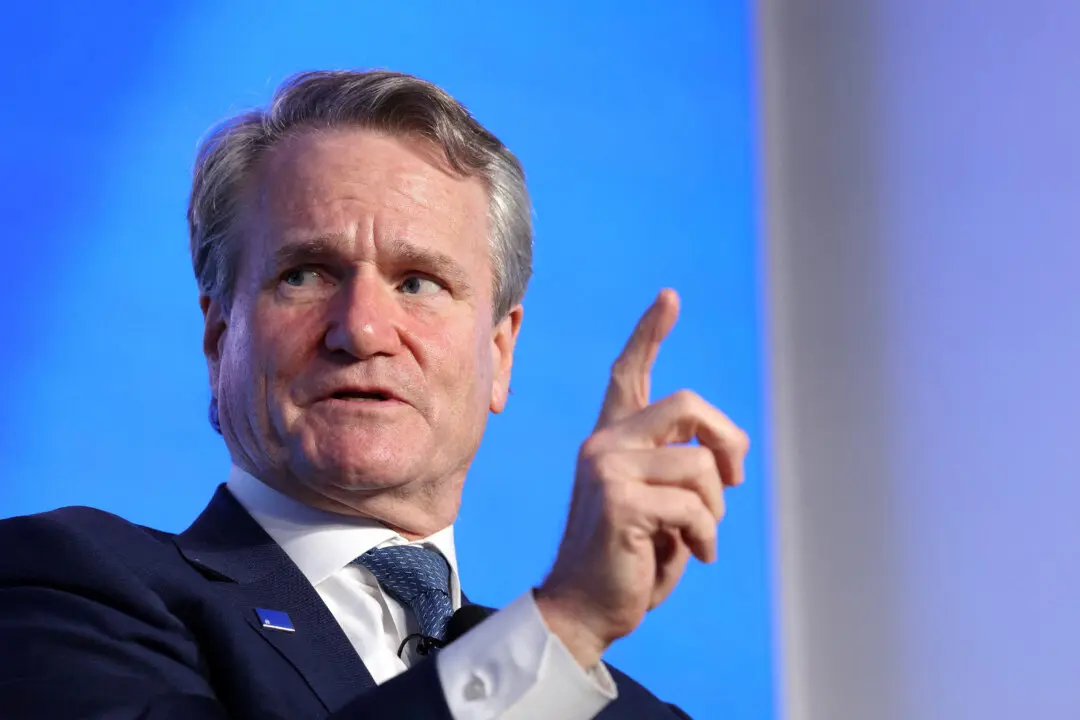Small-business hiring has slowed in states experiencing a COVID-19 resurgence, according to high-frequency labor market data from a recent report by scheduling firm Homebase.
The report found that after more than two months of steady labor market recovery across all states following a sharp plunge in April amid lockdowns, some states are showing a split. Those that reopened earlier than the rest of the country saw the trend in business activity, as expressed by hours worked, reverse course and start to fall again several weeks ago, roughly coinciding with a rise in COVID-19 infections.





